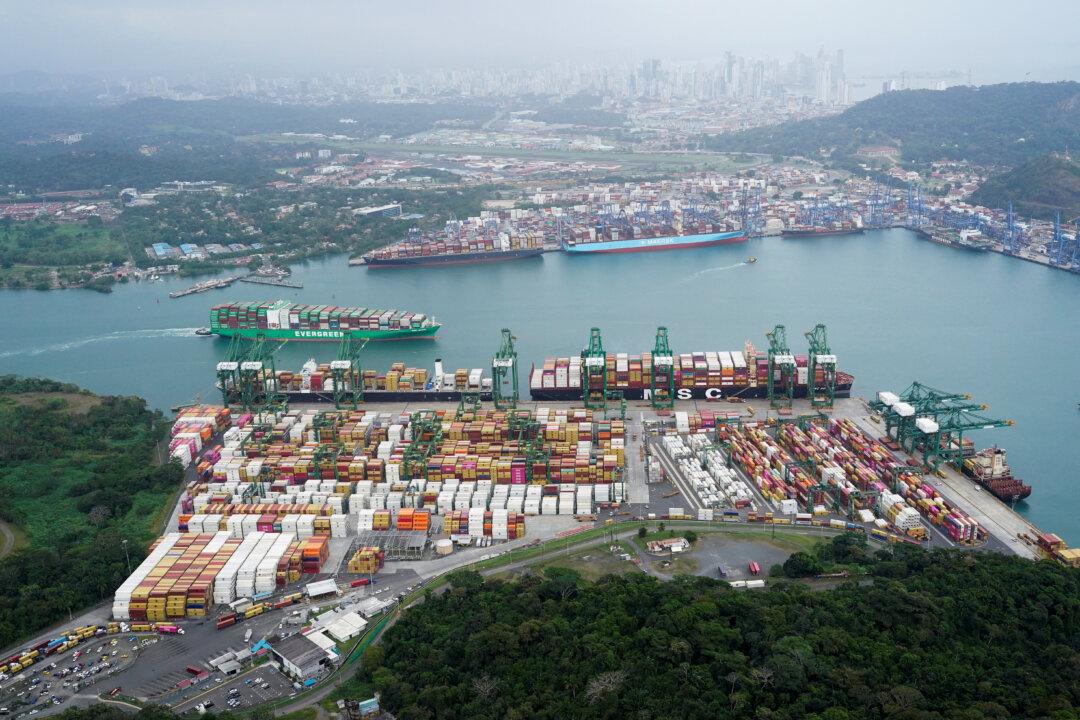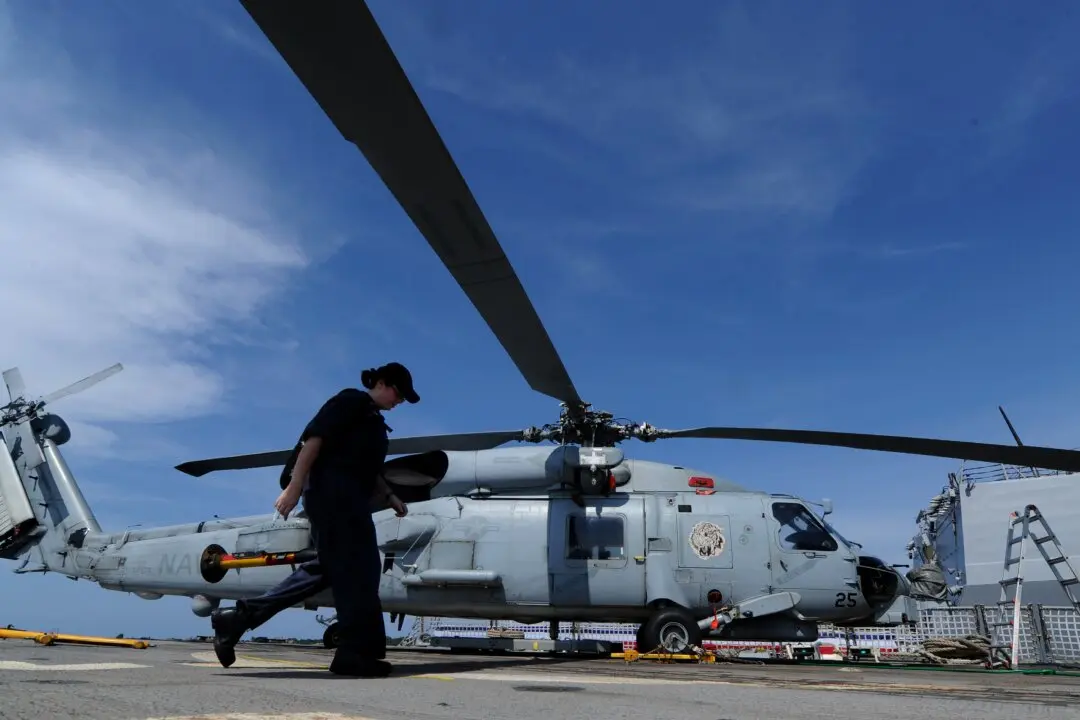Australia, the United Kingdom, and the United States on Sept. 16 took a major step toward creating a meaningful new strategic alliance—AUKUS—to constrain adventurism by the Chinese Communist Party (CCP) and to project Western power in the Indo-Pacific.
The deal was developed quickly and in secret (even from senior Australian Cabinet ministers, who were recalled to Canberra physically or by electronic link) during the first weeks of September, and would be cemented in a formal meeting this month between Australian Prime Minister Scott Morrison and U.S. President Joe Biden.
• The acquisition by Australia of nuclear-powered submarines and the concurrent development of an Australian nuclear power capability (essential to support the submarine reactors) for the first time since the country was an active and major partner in the Allied nuclear weapons program in World War II. This would lower domestic energy costs and minimize oil importation and refining logjams.
• The immediate abandonment of the failed program to procure for the Royal Australian Navy (RAN) of 12 French Attack-class (Longfin Barracuda Block 1A SSKs) conventional submarines, a project that could have cost anything up to AU$180 billion (US$132 billion) but with no vessels in service for more than a decade. Meanwhile, the RAN’s looming “submarine gap,” as its existing fleet of six Collins-class SSKs faces the end of its service life, would be filled by U.S. and UK nuclear submarines based with the Australian fleet, pending Australian acquisition of its own nuclear-powered vessels using U.S. and UK technology. Significantly, the Collins-class boats will remain in vital service, and with a service-life extension program (SLEP) because these conventionally powered vessels are better suited to the shallow Southeast Asian seas than are the U.S. and UK nuclear attack submarines.
• A major revival of UK–Australian defense cooperation at a level unseen since the collapse of Australian trust in the British defense alliance with the surrender of Singapore to Japanese forces in February 1942. While defense cooperation continued after that time, Australia moved to a reliance on the ANZUS Treaty with the United States and New Zealand, particularly with the watershed decision to cancel a planned buy of British BAC TSR.2 strategic strike aircraft in favor of U.S. General Dynamics F-111C strike aircraft in October 1963.
• Increased bilateral integration between Australia and the UK as part of the growing CANZUK bloc (Canada, Australia, New Zealand, UK), especially as Australia and the UK wait for New Zealand and Canada to move off their temporizing position, which has been accommodating to China.
• The movement of the United States into a position of primus inter pares (first among equals) in the new bloc as burden-sharing reengages the UK into the Indo-Pacific in a way not seen since the UK withdrew from its “East of Suez” posture in the 1960s. This overall position would diminish reliance on Washington as far as Canberra and London were concerned, but would lock the United States into deeper integration on a reliable basis, without the short-term concerns over the reliability of the New Zealand government (an ANZUS and “Five Eyes” alliance partner).

The new alliance, AUKUS (Australia–United Kingdom–United States), substantially increases security-related technology exchanges and joint programs between the three nations. It will lead to a joint nuclear submarine capability with—for the first time—U.S. Navy and possibly Royal Navy nuclear attack (and possibly cruise missile) submarine capabilities based out of the Royal Australian Navy base, HMAS Stirling, near Perth on the Indian Ocean.
The move, to an extent, takes primacy over the quadrilateral alliance (the “Quad”) between the United States, India, Japan, and Australia, particularly given the realization in Washington that the Quad couldn’t constrain India from long-term strategic moves that might not necessarily align with the United States or the West.
The new alliance structure seems to have been pushed forcefully by Australia to ensure that it could, in fact, credibly project power into Southeast Asia and the northern Indian Ocean, something it couldn’t do sufficiently well without upgraded submarine and fleet-based air power.
The new alliance will include closer integration of Australian naval elements with UK and U.S. carrier air cover. It still envisages Australia functioning as a coalition partner with the United States and the UK, but with greater participation and equality than ever before. Still, the RAN needs to consider some integral naval air capability—probably with unmanned combat aerial vehicles (UCAVs) operating from its two Canberra-class flat-top ships—while the Royal Australian Air Force works with Australian industry to project an indigenous, long-range hypersonic weapons capability, probably air-launched, against remote targets.
This is a transformative strategic move that significantly counters China’s People’s Liberation Army Navy (PLAN) projection in the Indo-Pacific, while significantly boosting the return of the UK to the global power stage.





